Kingston DC500M 960GB Data Centre SSD Review
Bohs Hansen / 5 years ago
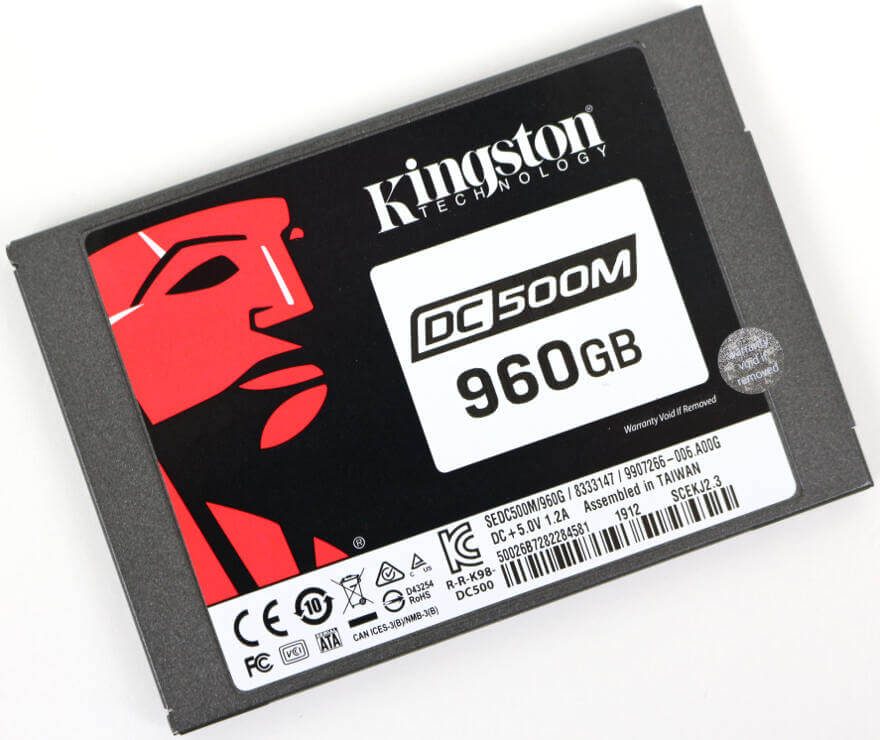
It is time for a second go at Kingston‘s DC500 series today. I got the DC500M in the office which is a drive geared towards mixed workloads. The last time I looked at the series it was the DC500R which is a read-oriented drive. Both have one thing in common and that is that they are designed for use in Data Centres.
Kingston DC500 Data Centre SSD
The DC500 series is a high-performance 6Gbps SATA SSD using the latest 3D TLC NAND. That sounds pretty much like any other SSD currently available, but the DC500 has some key differences. It is purpose-built for read-centric or mixed-use server workloads. That means that we’re not dealing with short burst speeds, but instead, a consistency.
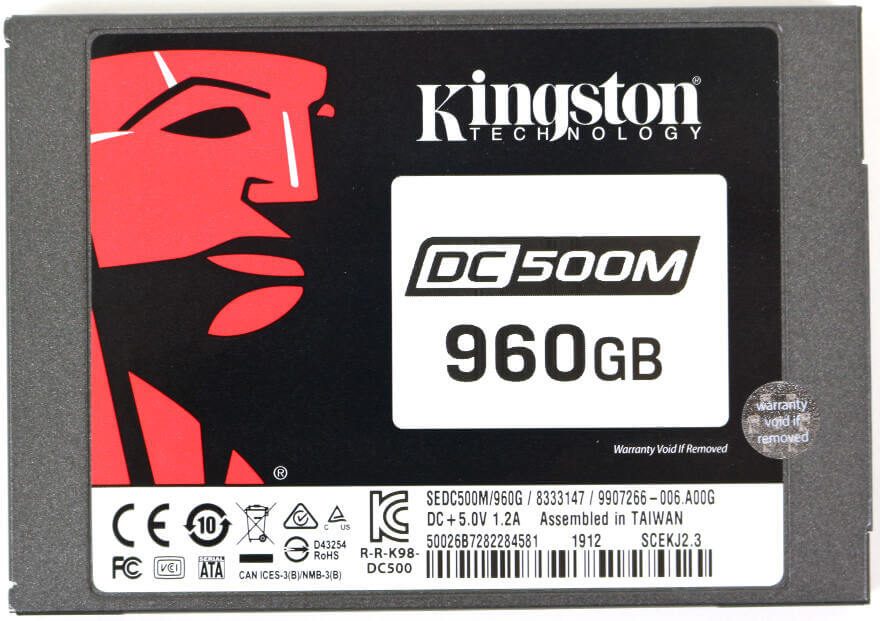
The DC500 series implements strict QoS requirements to ensure consistent random I/O performance as well as predictable latencies over a wide range of read and write workloads. The drives also feature on-board Power Loss Protection (PLP) with power capacitors. These ensure that data-in-flight is written to the NAND to reduce the likelihood of data corruption – even in the event of a power loss of the system or drive.
Performance and Endurance
The figures are different for the two drive types in the series, so we’ll focus on the ones for the drive I’m reviewing today: The mixed-workload centric DC500M.
In the 960GB version of the DC500M, we get 555MB/s read performance and 520MB/s write performance at sequential operations. All three other capacity options, the 480GB, 1.92TB, and 3.84TB all have the same sequential performance numbers.
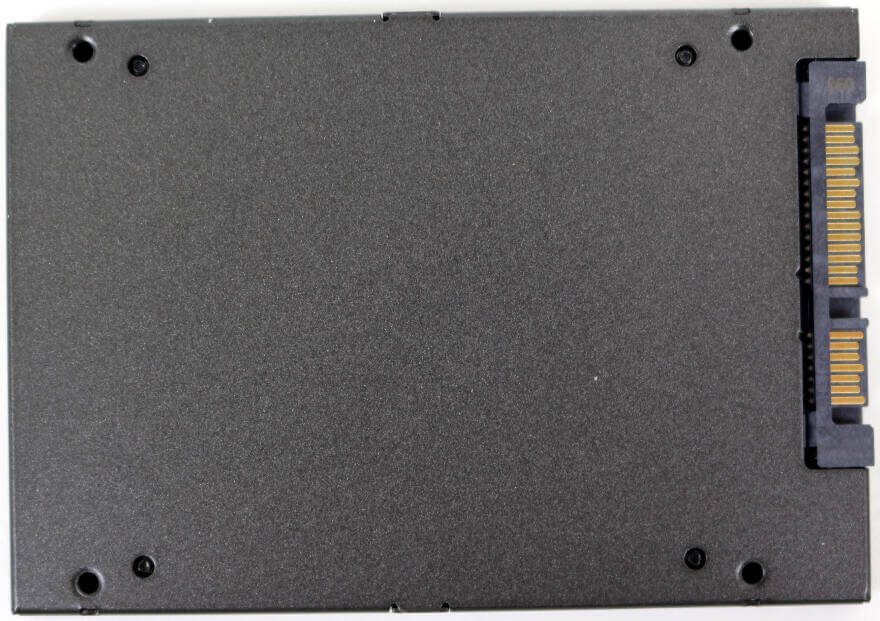
The random performance for the 96GB version is rated at 98K IOPS when reading and 70K when writing. While all the size options have the same read performance here, the write varies slightly. The smaller 480GB version comes in at 58K IOPS while the two larger versions come in at 75K IOPS.
While these look small in regards to NVMe figures, they’re great for SATA drives. And while SATA isn’t the newest, they are still very much viable. You can connect more of them to a single system and the standard form factor makes them easy to handle.
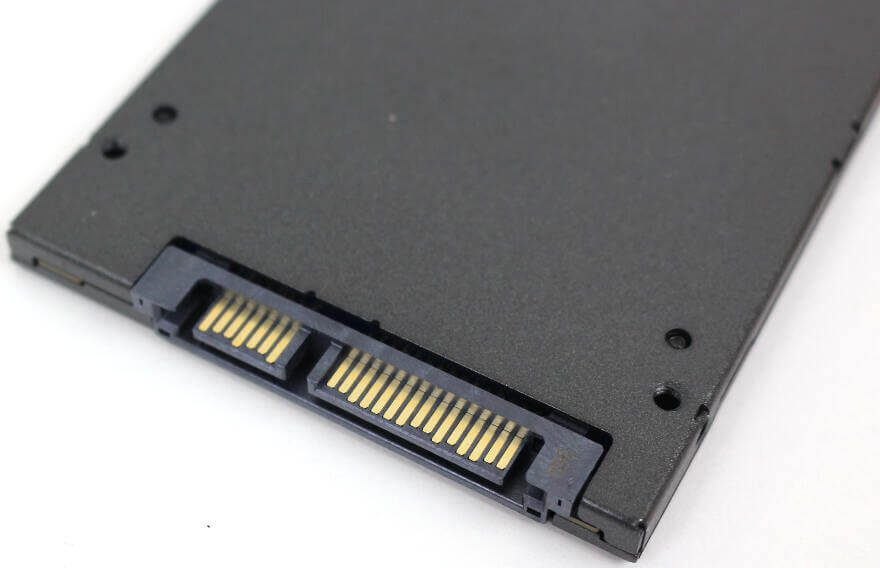
Before we move on to the features, let us talk a little bit about endurance. Endurance is at least as important as performance when it comes to data centres, if not more. The mixed-workload optimised drive is generally rated at 1.3 DWPD each. That’s almost 3 times as much as the read-oriented version. In numbers, it equals to 1139, 2278, 4555, and 9110 TBW for the 480GB, 960GB, 1.92GB, and the 3.84TB models. Kingston backs them all with a 5-year warranty and they’re rated for an MTBF of 2 million hours.

SSD Features
As far as features go, you naturally get the basic SMART and Trim functionality. But a drive such as the DC500R and DC500M have a lot more. The enterprise SMART tools allow reliability tracking, usage statistics, life remaining, wear levelling, and temperature. Naturally, the drive is hot-plug capable as it needs to be in a data centre environment. You never know when you need to plug in a new one.
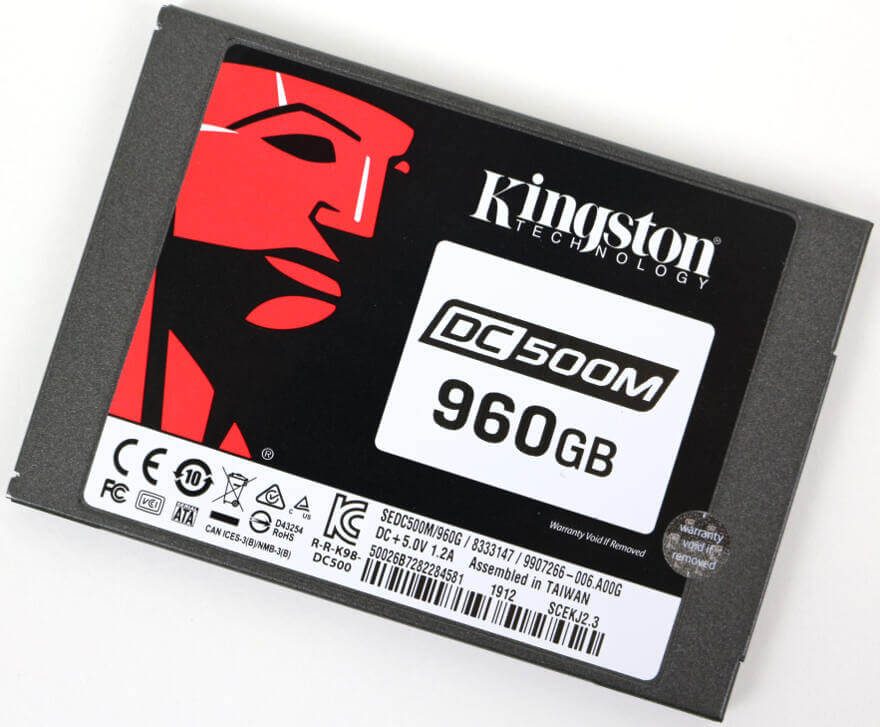
Other features include Static and Dynamic Wear Leveling for long life. Speaking of a long life, the DC500M also features onboard power-loss protection (PLP) which makes sure that all data is flushed to the NAND in the event of a sudden power loss.
Feature Highlights
- Optimised for Mixed Workload-Centric situations. (Read-Centric version is also available)
- End-to-end Data Protection
- Power Loss Protection
- Predictable latency and performance
- Models with up to 3.84TB available



















